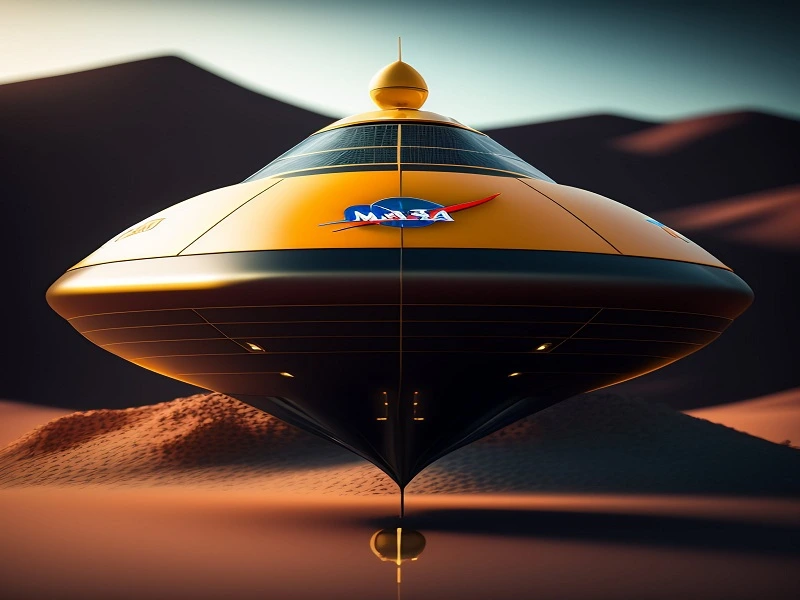The universe has always captivated human imagination, and our thirst for knowledge beyond our planet has driven us to explore the cosmos. The James Webb Space Telescope (JWST) stands as a testament to humanity’s determination to uncover the mysteries of the universe. As the most ambitious space telescope ever built, the JWST promises to revolutionize our understanding of space and time, thanks in no small part to its ingenious sunshield.

The JWST Mission
The JWST is the next giant leap in space exploration, a collaboration between NASA, the European Space Agency (ESA), and the Canadian Space Agency (CSA). Scheduled to launch from the Guiana Space Centre in 2023, this state-of-the-art observatory will be positioned approximately 1.5 million kilometers from Earth, beyond the Moon’s orbit. It aims to pick up where the Hubble Space Telescope left off, but with much greater capabilities.
Understanding the Sunshield
The sunshield is a crucial component of the JWST, designed to protect the telescope from the harsh environment of space. As the name suggests, it shields the telescope from the Sun’s intense heat, ensuring that the delicate instruments onboard can operate at optimal temperatures. Maintaining specific temperature ranges is vital to obtaining accurate and high-resolution images of distant celestial objects.
Regulating temperature in space is an immense challenge due to the extreme temperature fluctuations between sunlight and shadow. The JWST sunshield comprises five tennis-court-sized layers of a special, lightweight material known as Kapton, coated with aluminum to reflect sunlight away from the telescope.
The Mega Sunshield Assembly Process
The construction of the JWST sunshield was a complex and intricate process that took place over several years. It involved the collaborative efforts of engineers and scientists from NASA, ESA, CSA, and various aerospace companies. The assembly process required careful planning, precision engineering, and innovative solutions to ensure a successful outcome.
Conclusion
In conclusion, the James Webb Space Telescope’s sunshield is undoubtedly an engineering marvel. Its creation represents the culmination of decades of research, collaboration, and innovation. The sunshield’s role in protecting the JWST and enabling groundbreaking scientific discoveries cannot be overstated.
As the JWST embarks on its journey to unlock the secrets of the universe, we eagerly await the remarkable discoveries and insights it will bring. This ambitious mission is a testament to the indomitable human spirit and our ceaseless pursuit of knowledge.
FAQs (Frequently Asked Questions)
- How long did it take to assemble the JWST sunshield? The assembly of the JWST sunshield was a meticulous process that spanned several years, involving international collaboration and cutting-edge engineering techniques.
- What makes the JWST sunshield special? The JWST sunshield is unique due to its massive size, composed of five layers of Kapton material, and designed to protect the telescope from the Sun’s heat.
- What is the expected lifespan of the JWST? The JWST is designed to have a mission lifespan of at least ten years, but with proper maintenance and management, it could extend well beyond that.
- How will the JWST contribute to space exploration? The JWST’s advanced capabilities will revolutionize space exploration by providing high-resolution images and data on distant celestial objects, shedding light on our universe’s mysteries.
- Can the JWST be repaired or upgraded in space? Unlike the Hubble Space Telescope, the JWST is positioned in a location where servicing missions are not possible. However, engineers have incorporated redundancy and self-correction mechanisms to maximize its operational lifespan.

